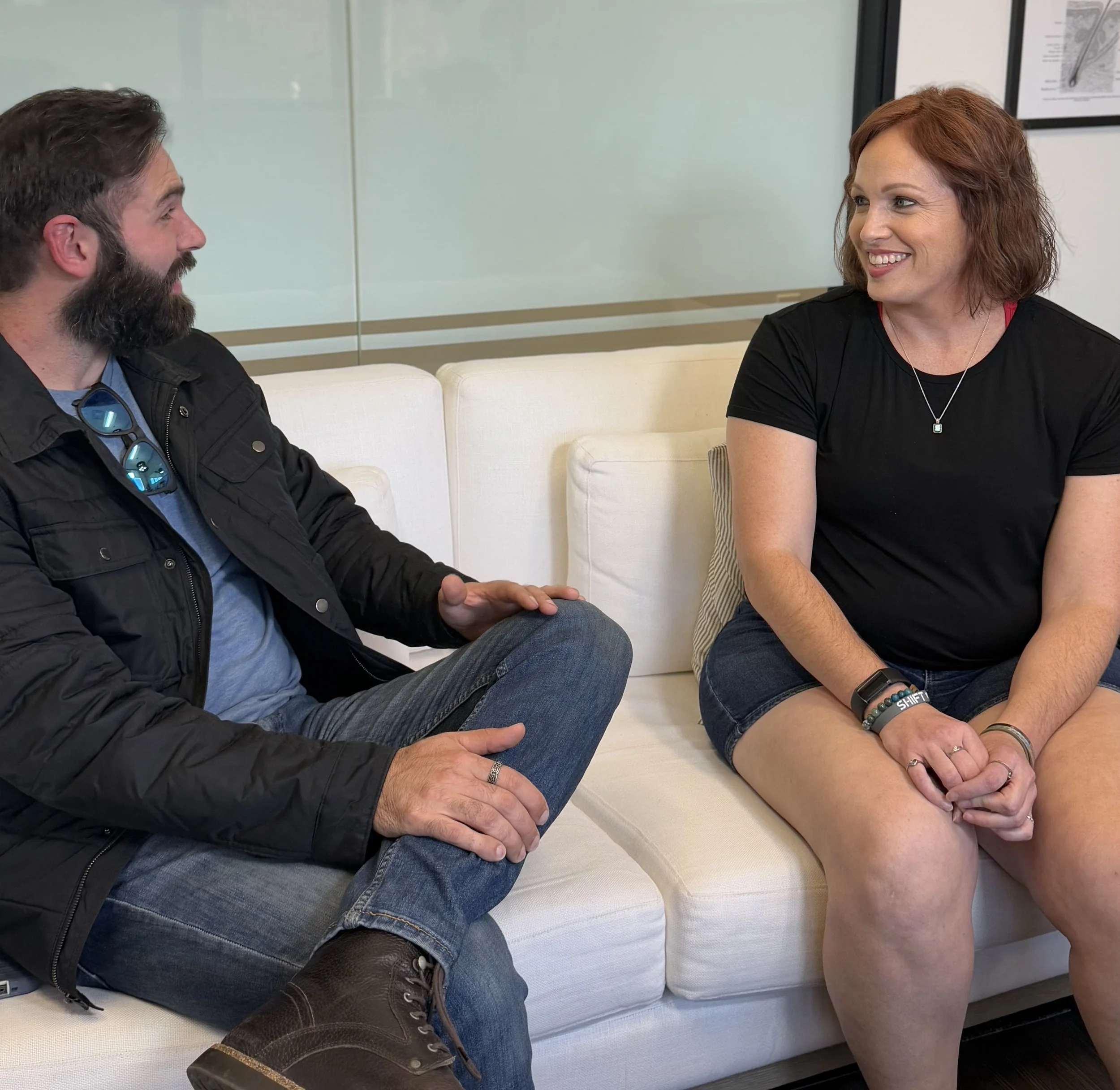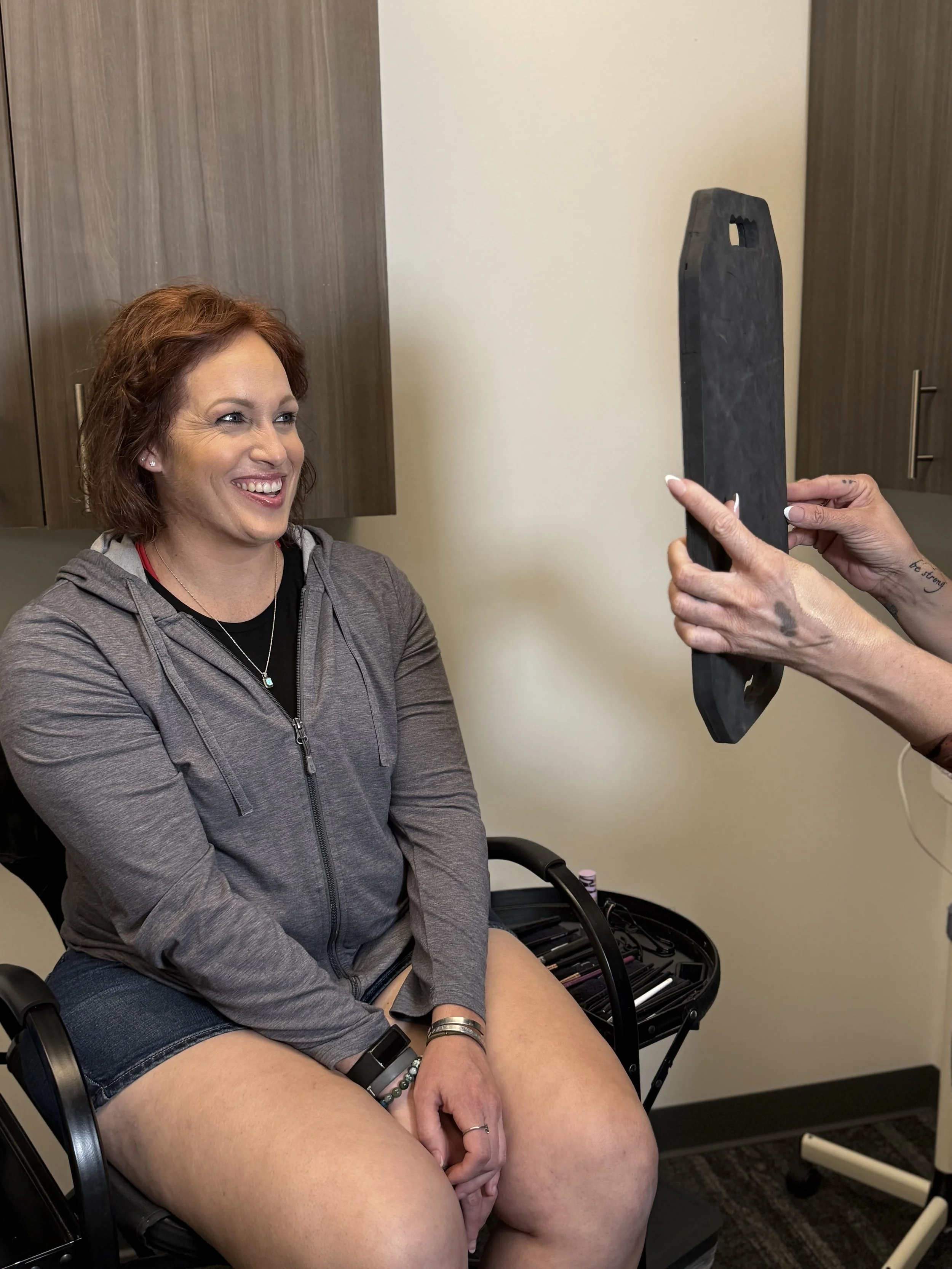Hope and Transformation: Larissa’s Journey with Trichotillomania and Hair Growth
For years, Larissa felt defined by her struggle with trichotillomania—a condition characterized by the compulsive urge to pull out one's hair. Her journey, which began in junior high after a difficult family event, left her feeling ashamed, "ugly," and stripped of her identity. She constantly tried to hide her thinning hair with hats and headbands, avoiding even dressing up because it required her to confront her vulnerability.
Larissa’s story, shared alongside her brother, Seth, is a powerful testament to the emotional toll of this common yet often unspoken condition, and how hair growth treatments can restore not just hair, but self-worth.
Before Her Makeover
After Her Makeover
The Isolation of Trichotillomania
Larissa described the condition as a difficult, daily struggle—one she wished people realized was hard to stop and far more common than they think. Despite her inner beauty, the hair loss eroded her confidence, affecting her entire adult life, her self-esteem, and her relationships. She would often invent excuses when asked about her hats or thin hair, highlighting the profound isolation and the need to keep the condition hidden.
Seth, a professional counselor, recognized the growth of her shame and embarrassment in this isolation. He observed her embarrassment and struggle with not feeling beautiful. He emphasized that the struggle doesn't define a person's worth or beauty, and stressed that finding a support system is crucial, as shame grows in the darkness of isolation.
Finding Hope: Larissa’s Trichotillomania Treatments
Larissa's path to Trichotillomania transformation began when Seth, motivated by seeing his sister's struggle, sought out help after being impressed by the compassion and expertise at NHLMA.
For Larissa, the turning point was simply finding hope—the knowledge that she wasn't alone and hadn't ruined her hair follicles. Her comprehensive trichotillomania treatments from NHLMA included a combination of external and internal approaches:
Red Light Therapy: She consistently used a red light therapy cap every night, which has been a "huge help".
Specialized Hair Care: She used Monat shampoo and conditioner, which contributed to hair growth and thickening.
NAC Supplementation: She took the amino acid NAC (N-acetylcysteine), which has been shown in numerous studies to help with repetitive habits like hair pulling. She noted a difference in her ability to mentally stop the pulling when taking it.
The success of her program wasn't just about the treatments; it was about her consistency and effort.
Advice for Others: You Are Not Alone
Larissa and Seth’s advice to others struggling with trichotillomania is clear and heartfelt:
Reach Out: Larissa urges anyone struggling to reach out to professionals who understand the condition, emphasizing that knowing you're not alone is "the hugest thing".
Your Hair Doesn’t Define You: Both agree that your hair doesn't define who you are, and the struggle doesn't diminish your inner beauty or worth.
Find Your Tribe: Seth stresses the importance of finding a support system—a friend, therapist, or group—to be vulnerable with, allowing them a chance to accept you. This connection is where acceptance and hope begin to grow, countering the shame and isolation.
Larissa’s transformation is a powerful example that while you will have days where you pull, it's essential to keep moving forward. Her journey proves that with the right combination of trichotillomania treatments and unwavering hope, a hair loss transformation is possible, allowing you to walk out the door feeling confident and truly beautiful.






